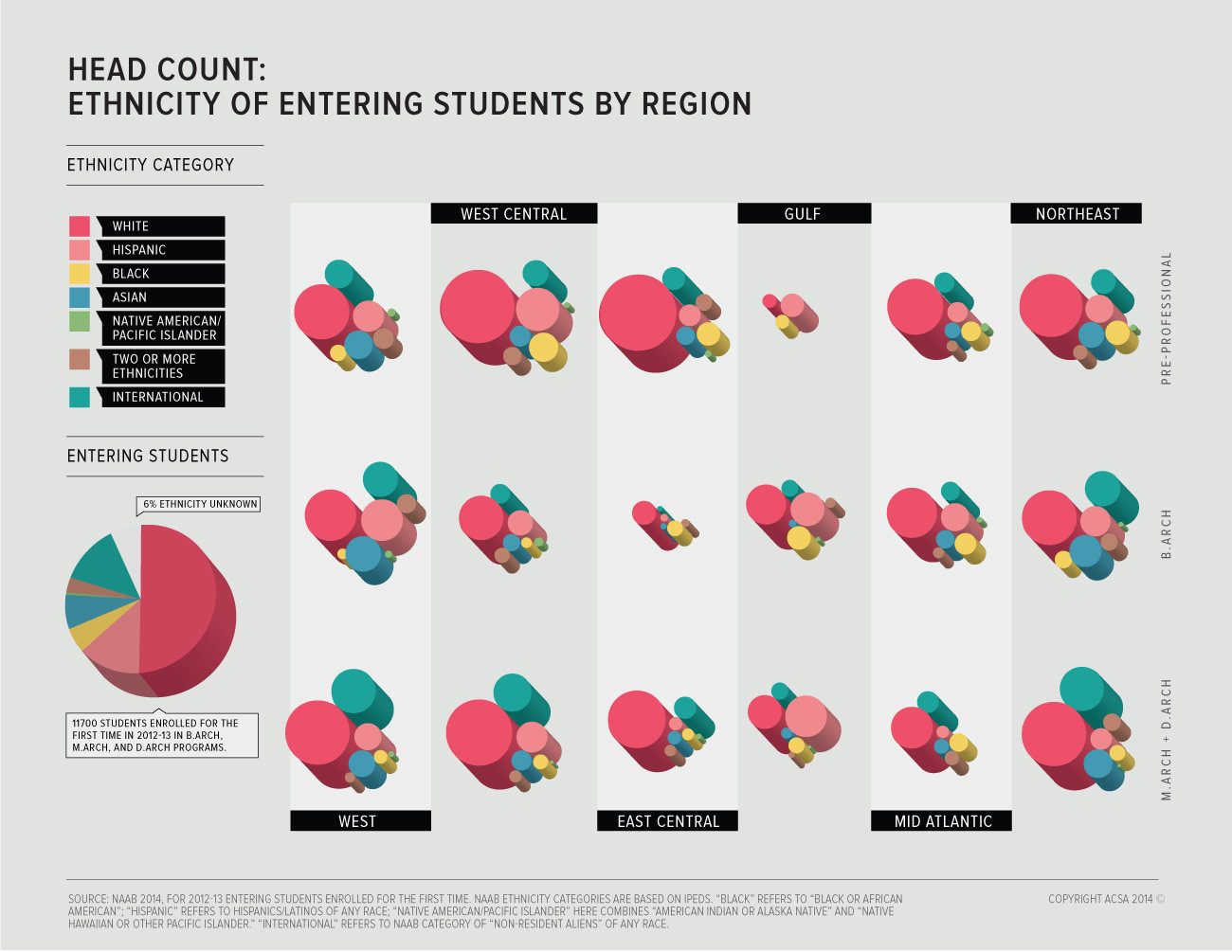I am comfortable being a mentor to a new employee on their first day, leading teams in production efforts, interviewing prospective team members, and recruiting employees to join the firm. However, I have always avoided participating in career days and the promotion of our profession to pre-college students. Haven’t too many people chosen our profession because they love Legos and are good at math? I fear that too many people know too little about the profession and themselves when committing to architecture as a career. Interviewing and mentoring interns, I have tried to not only understand where their mix of skills will fit into the practice, but have also tried to uncover what truly motivates them to pursue architecture and where they plan to go in their career.
Architecture has proven to be more than I could have imagined when I elected to get a Master of Architecture in lieu of a law degree or a Master of Business Administration. My student peers expanded the way in which I experienced the world, and my professors challenged my preconceptions. Professionally, the endless design problems from inception through construction have kept my career fresh. There are new skills to master and challenges to overcome as one grows from an intern into leadership. Why do I not want to share this satisfaction with K-12 students? I should be an advocate, particularly when considering the falling enrollment in schools of architecture. If the profession is going to thrive, we must have capable and motivated students to fill the studios. To bring a more representative population in, we must grow our outreach and we need to expose all types of students to the opportunities awaiting them in architecture.
I know this is true but I still have held back. Being an architect is not as portrayed by Mike Brady, Howard Roark, or Frank Gehry. It is challenging work where success relies on talent, charisma, organizational skills, team collaboration, tenacity, and intense focus. I realize, of course, that I don’t possess all these skills. I only have my share and others have their share, but together, we all enjoy the deep satisfaction of bringing a project to reality. Why is it difficult to share these skills?
As the dot com era began and computers became more dominant in our practice, architecture students were recruited to help lay the foundation for the digital universe. The early tech leaders cited the value of an architectural education in developing creative and unconventional thinking. The long hours in studio spent developing design projects were important in helping develop critical thinking and projects undertaken in the fabrication shops honed problem-solving and three-dimensional skills. The intensity of the interpersonal relationships provided foreshadowing of office culture. Together, these trials formed the foundation for nimble, analytical, problem solving employees.
As students leave the studios and join the profession, they also need to be supported in learning the many career paths that await them. How a career evolves should be driven by the individual, not by ill-informed, preconceived notions of what an architect is. I am now more ready to join my colleagues in speaking openly about the values of an architectural education and the vast opportunities awaiting them. Only in ensuring that we have a competent, diverse student body filling our studios will we maintain the vitality of our profession.

Ann Powell, AIA LEED AP BD+C
Ayers Saint Gross

